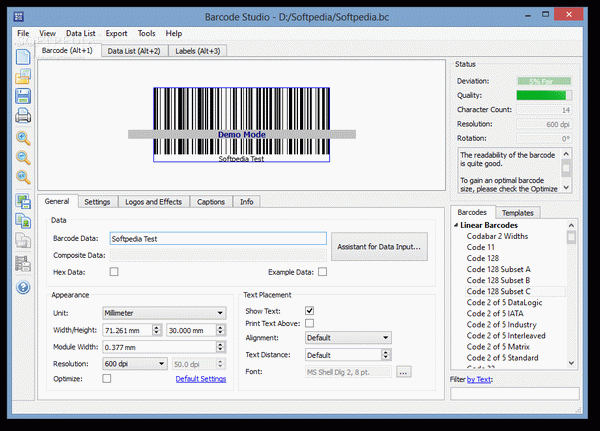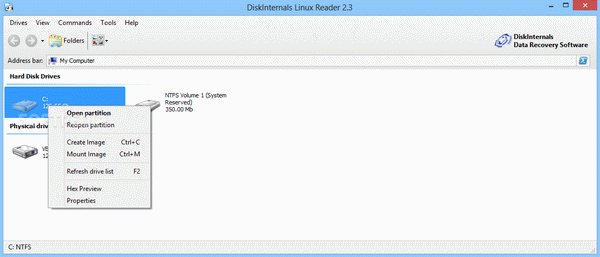visionOS: everything you need to know about the Vision Pro's operating system
After over two years of rumors and speculation, Apple has finally revealed its upcoming VR headset, the Vision Pro, at this year’s WWDC 2023 event. The Vision Pro is nothing if not impressive, with capabilities like outputting 4K resolution from each stamp-sized display and creating a “digital persona” just by scanning your face.
But as Mike Rockwell, VP of the Technology Development Group at Apple, states in the announcement “none of [the] advanced technology could come to life without… visionOS.” It’s described as the first operating system specifically designed for “spatial computing”.
visionOS is described as the first operating system specifically designed for “spatial computing”. And it built on the same building blocks as macOS and iOS, but comes with unique features to better facilitate virtual reality.
For example, visionOS comes with a Foveated Renderer, similar to the PSVR 2. What it does is increase the visual fidelity of whatever a person is looking at while blurring everything in your peripheral vision.
Rockwell then goes on to describe the operating system’s “multi-app 3D engine” allowing “different apps to run simultaneously".
In the workplace
As impressive (or long-winded) as it all sounds, you may be wondering what it all looks like?
In its most basic form, visionOS looks pretty much like any other virtual reality platform. You have large windows floating in the space in front of you. Turning your head lets you see switch tabs so you can go from Safari to Messages. And when you launch the Vision Pro, you get an assortment of apps to choose from. Pretty simple stuff.
Where visionOS truly shines is in its individual use cases. You will be able to send 3D image files via Messages as well as display that model right in front of you in every possible angle. The system also responds to the natural light around you so the 3D objects will have shadows befitting of the environment you’re in. It can help you understand scale as well as distance. Professionals can create their own setup for work by arranging apps to their liking.
Control in visionOS will, for the most part, be done with your hands, eyes, and voice; however people will be able to connect Bluetooth peripherals like the Magic Keyboard if they prefer a more physical interaction.
Beyond first-party software, visionOS will be running third-party apps natively at launch. This includes the likes of Adobe Lightroom, Microsoft Teams, and Zoom. It’s unknown if other apps like Photoshop will be present upon release.
Additionally, the operating system is set to run specific education apps. The one that impressed us the most is a piece of medical software for looking at renders of the human body. The announcement video shows an exploded view of the human heart, complete with ventricles as well as the pulmonary artery. There’s an engineering app to help people visualize certain physics phenomena like air flowing over a race car.
On the surface, it sounds like Apple is launching its own version of the Microsoft Hololens with all work-centric tools. But it's a lot more nuanced, as the tech giant is going for broke by incorporating some impressive entertainment features.
And at home
At launch, Disney Plus will be available alongside over 100 games via the Apple Arcade platform. You can expand the VR screen to massive proportions like you’re in a movie theater. 3D movies will be supported too, so if you want to watch Avatar: The Way of Water as it was intended, the option does exist. Users can have the screen floating in their room, but if they want something more dynamic, the background can be replaced with a different environment like deep space or Mt Hood in Oregon.
We do wish Apple showcased more of the gaming side of things. We saw it’s possible to expand a game screen to a larger size so you can get a better view. Gamers won’t have to play with their hands as visionOS will support gamepads, namely the PS5 DualSense controller. Hopefully, support will extend to other peripherals like the Nintendo Switch's JoyCons.
Apple didn't have much in the way of specific titles. If anything, the company seemed more interested in having its headset and operating system adhere more towards providing an experience rather than being a bonafide gaming computer. The keynote revealed a Star Wars VR adventure where you fly around the universe of The Mandalorian. However, there was nothing in terms of a lightsaber duel or anything action packed.
That’s pretty much everything there is to know about visionOS, at least to how it pertains to the everyday user. The rest mostly relates to software development. At the end of the keynote, Apple revealed the operating system will support the Unity game engine. This could mean the company is paving the way for developers to come in and create video games for visionOS. However, given Apple’s spotty history with video games, it remains to be seen if this will attract any developers at all.
WWDC 2023 recently concluded and a ton was shown off from MacOS Sonoma to a brand new Mac Pro. Be sure to check out TechRadar’s coverage of the event.


